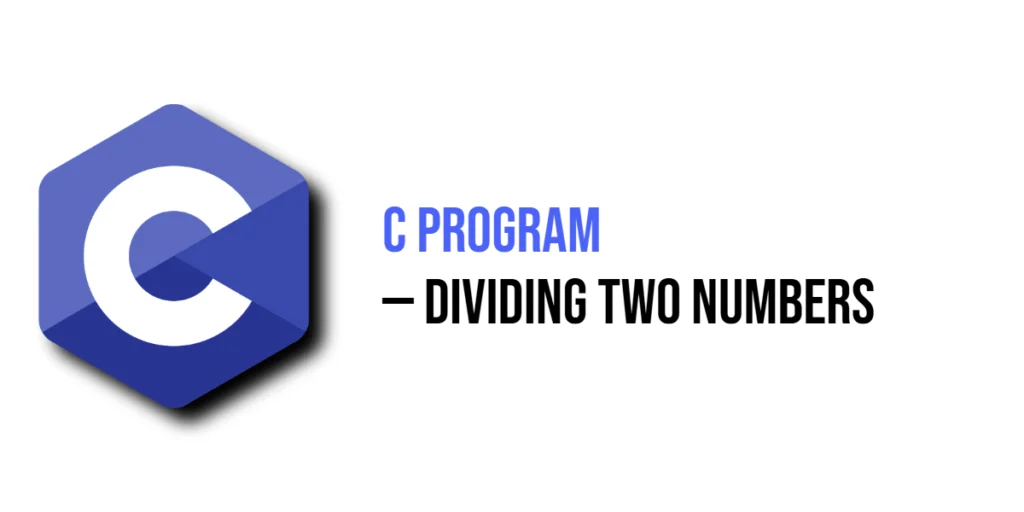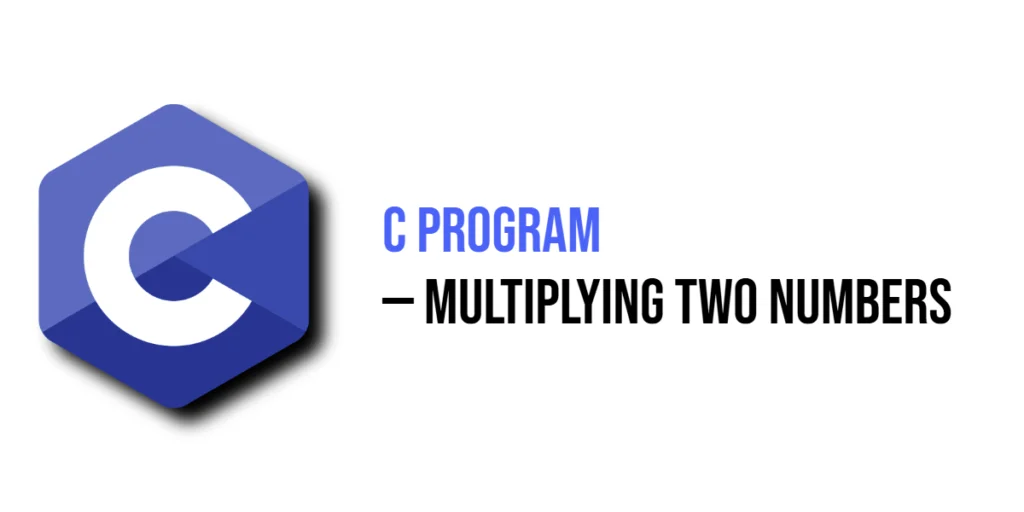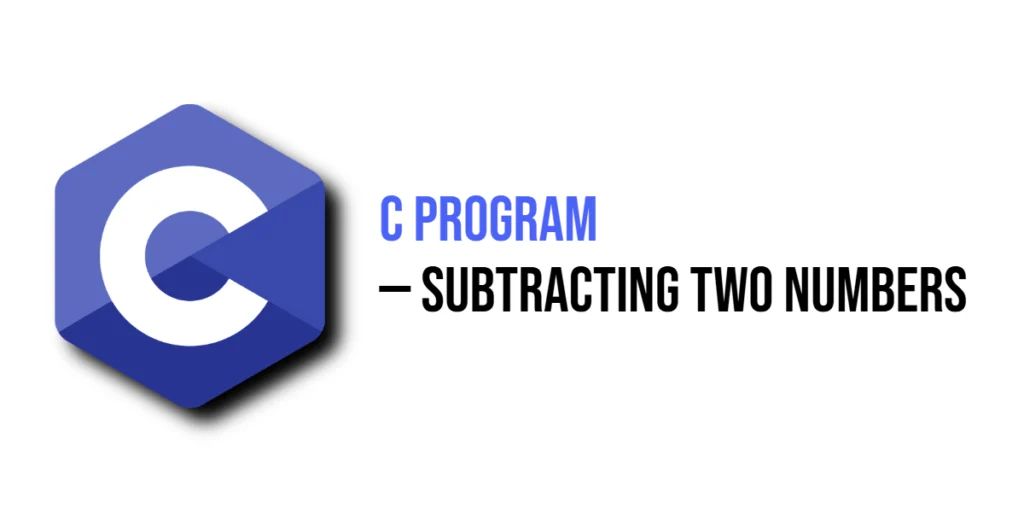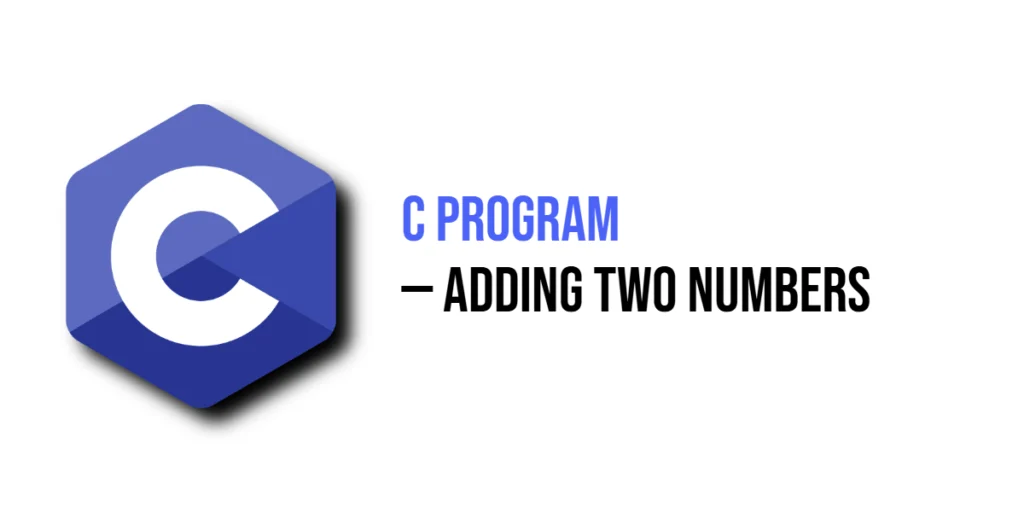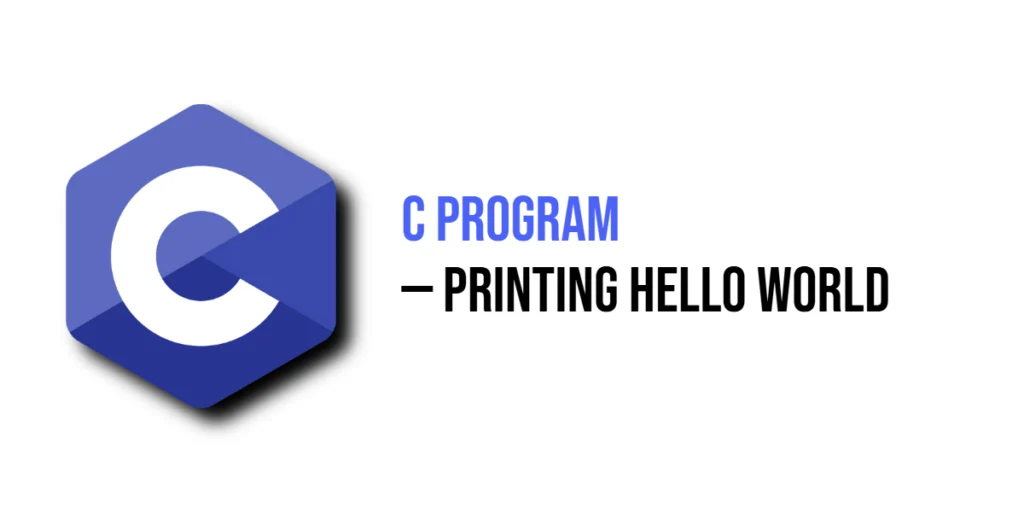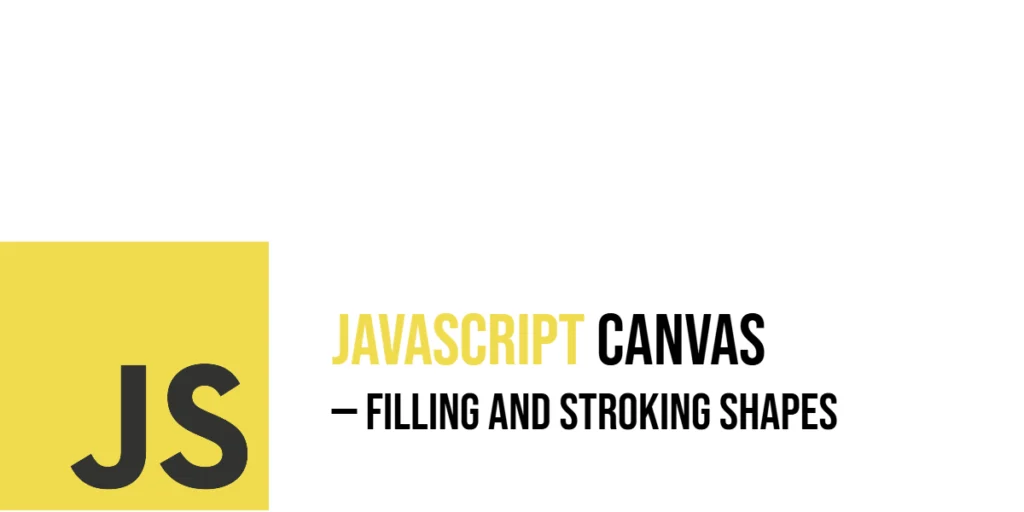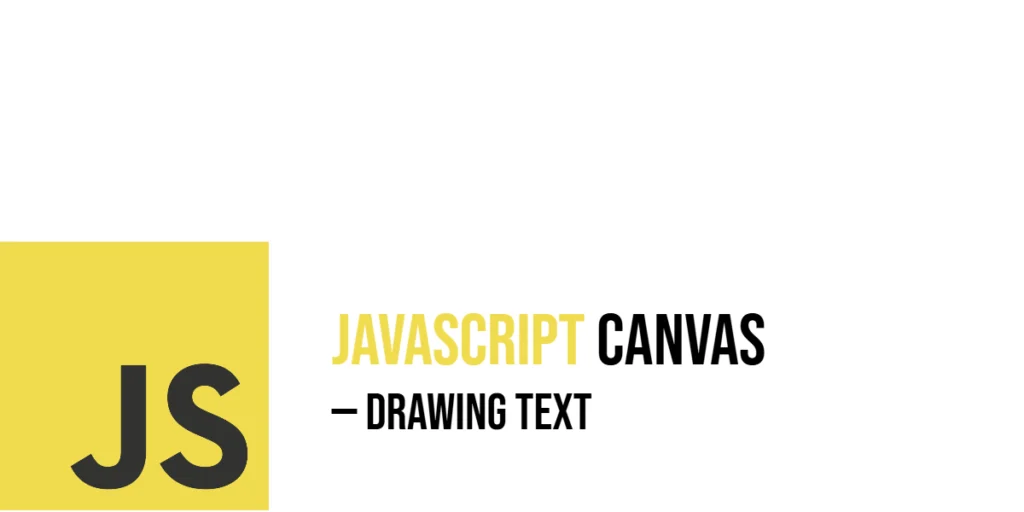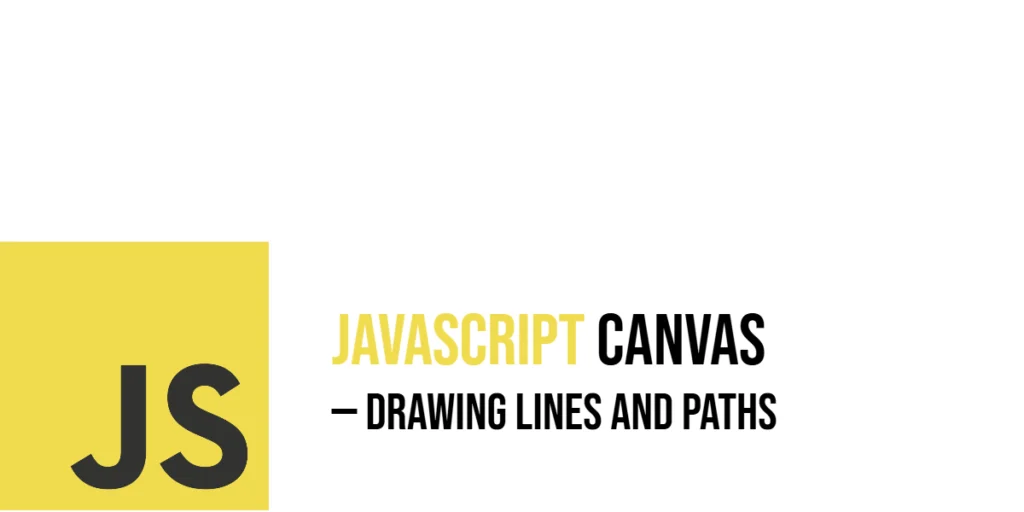C Program to Divide Two Numbers
Division is one of the fundamental arithmetic operations in programming. Learning to divide numbers in C not only helps beginners understand basic arithmetic but also introduces essential concepts like handling data types, managing decimal precision, and avoiding runtime errors such as division by zero. Writing a program to divide two numbers might seem simple, but […]
C Program to Divide Two Numbers Read More »
